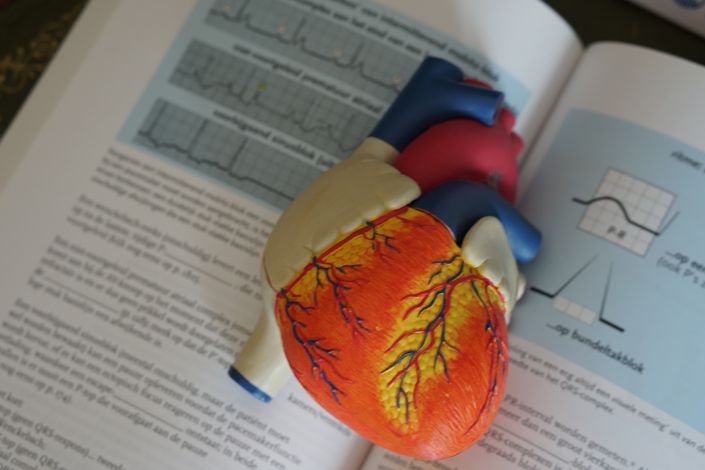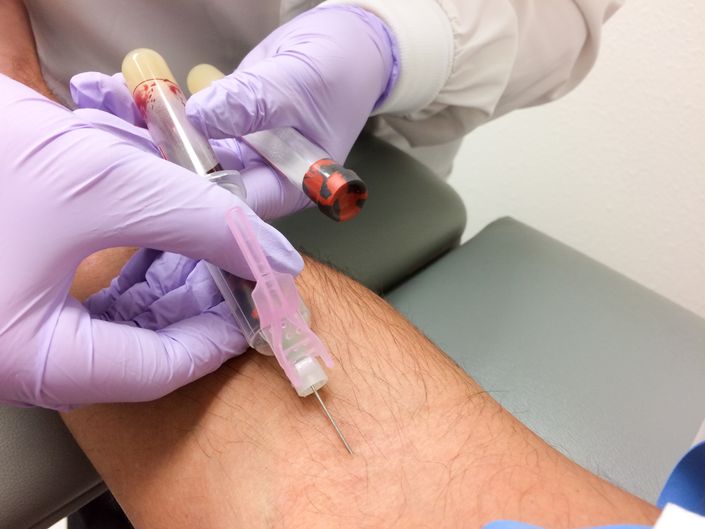Course Description
Upon successful completion learners will be able to:
- Define infusion therapy and intravenous (I.V.) therapy and distinguish between them;
- Describe the proper technique and documentation criteria for the insertion and removal of a peripheral I.V. line or saline (heparin) lock;
- Describe and identify the anatomy and physiology of the skin, venous system and arterial system;
- Discuss the client assessment required prior to determining the need for I.V. therapy;
- List common indications for initiation of I.V. therapy;
- Recognize the nurse’s role and responsibility in ensuring safe and competent delivery of I.V. therapy;
- Discuss when to change various types of I.V. tubing, rotation of I.V. sites and peripheral dressing change procedures to reduce the risk of infection; and
-
Discuss common complications of peripheral I.V. therapy, their associated signs and symptoms and basic treatment of these complication
Other Related Courses
Check your inbox to confirm your subscription




